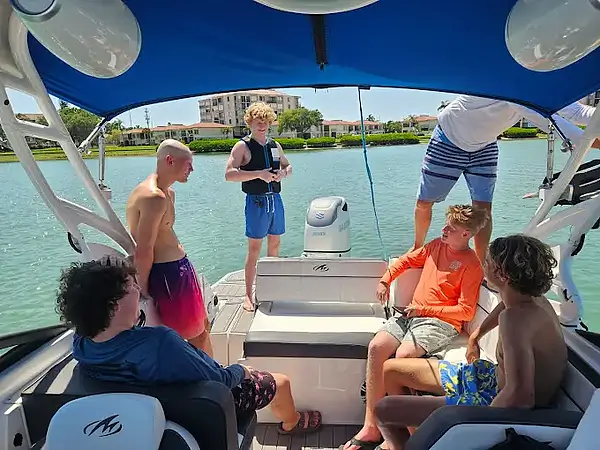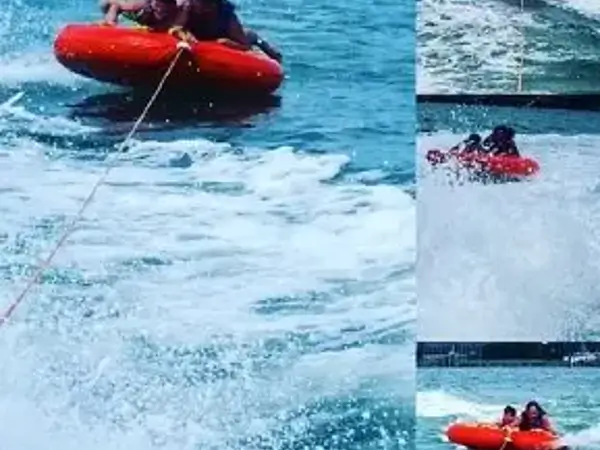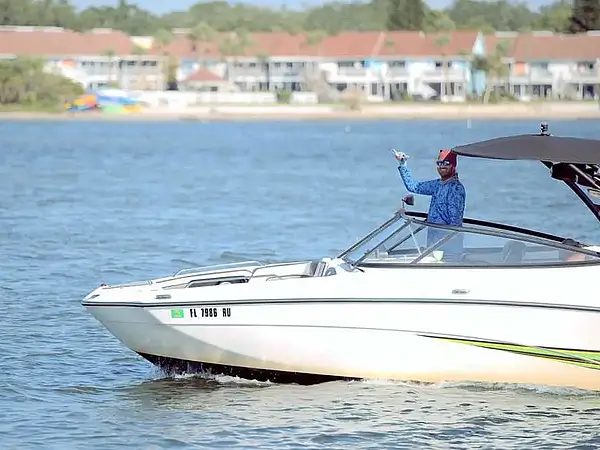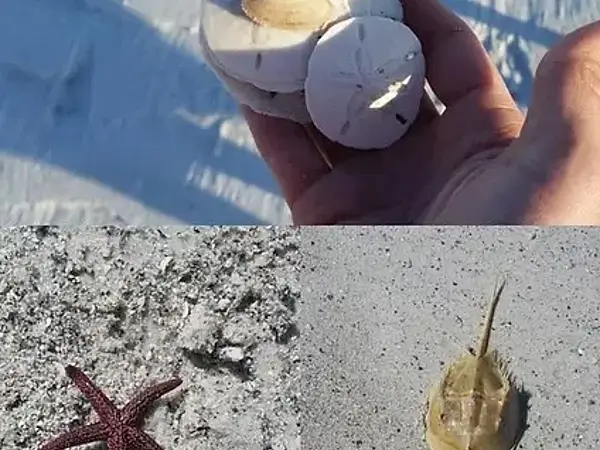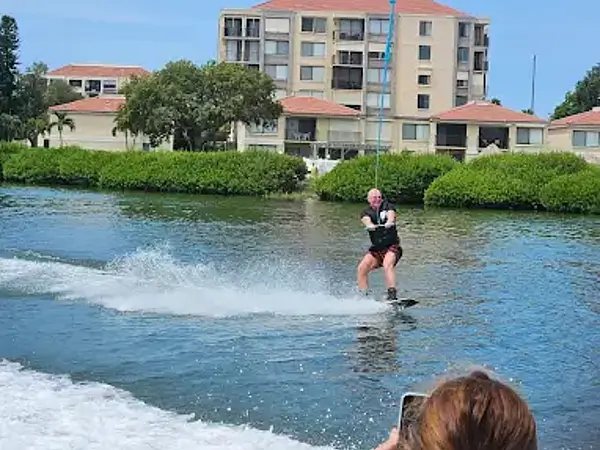Best Times to Spot Dolphins on Treasure Island Cruises
Dolphins show up on Treasure Island for a reason. They want food, calm water, and space to move. You won’t see them if you drift out at the wrong time. But get the timing right, and you’ll catch them up close. Fins cutting through the water, tails splashing, whole pods keeping pace with the boat. It’s not random. It’s about being in the right place when the dolphins are actually there.
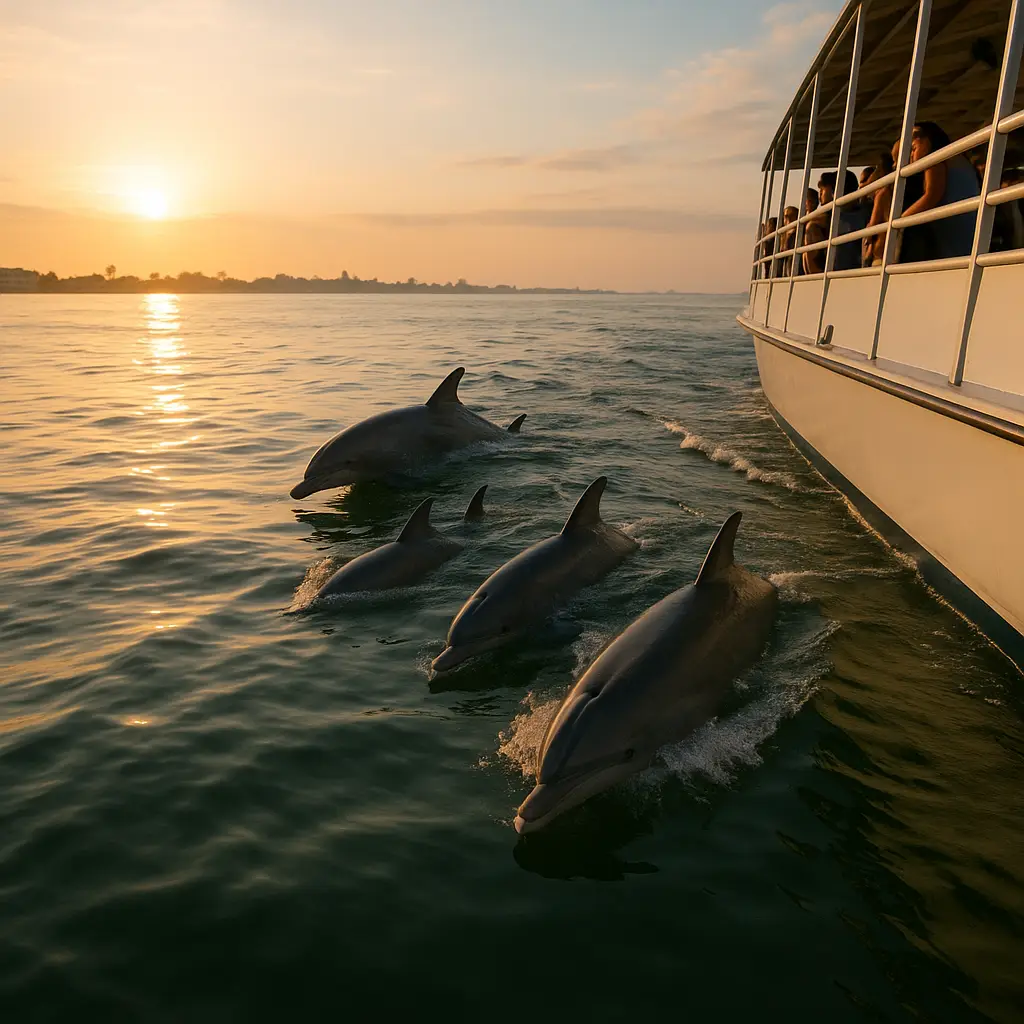
When Dolphins Show Up
Early mornings bring the first action. The water sits calm. Light breaks over the Gulf. Dolphins hunt close to shore, chasing baitfish that move in with the tide. By 7 AM, the first pods start feeding. Miss this window, and you’ll see less movement. By late morning, the sun climbs, boat traffic picks up, and dolphins drift deeper or move on.
Late afternoon resets the stage. Around 3 PM, the water settles again. Shadows stretch. Dolphins return for a second round of feeding. They push schools of mullet and mackerel toward the shallows. You’ll spot them leaping, rolling, and sometimes tossing fish in the air. The show peaks just before sunset, then fades as the light goes.
- 7–9 AM: Dolphins feed close to shore. Water stays glassy. Best chance for close-up views.
- 3–5 PM: Second surge. Dolphins get active again. Fewer boats, more wildlife.
- Incoming tide: Baitfish move in. Dolphins follow. Action picks up near inlets and passes.
- Clear, calm days: Fins break the surface. No chop, no glare. Easy to spot movement.
- Spring and fall: More dolphins, more activity. Migration brings bigger pods and more playful behavior.
These patterns line up with dolphin watching tours that don’t waste time. The schedule matches the dolphins, not the clock. That’s why we plan our trips to maximize your chances of seeing dolphins at their most active.
What Changes With the Seasons
Spring flips a switch. Water warms up. Fish schools grow. Dolphins get bold. March through May, you’ll see more pods, more jumps, and more close passes. The air feels fresh, the water turns clear, and the dolphins stick around longer. Sunset cruises in spring catch the best light and the most action. Dolphins chase fish, play in the wake, and sometimes bring calves along for the ride.
Fall brings another spike. Water cools, but the baitfish run thick. Dolphins gather in bigger groups, sometimes twenty or more. They hunt, play, and show off. The crowds thin out, but the dolphins don’t. Summer brings steady sightings, but the heat and boat traffic can push dolphins farther out. Winter slows things down, but dolphins never leave. They just move with the food and the weather.
Want the best odds? Book in spring or fall. Watch the water, not the calendar. Dolphins follow the fish, not the season. Our team at Allen's Aquatic Adventures knows these seasonal patterns and helps guests catch the best moments on the water.
Tides That Bring Dolphins In
Rising tides change everything. Baitfish ride the current, hugging the shoreline and piling up near inlets. Dolphins know this. They wait, then move in fast. You’ll see them herding fish, circling, and sometimes working together to trap prey. The action gets close. Sometimes right under the bow.
Our boat tours track these tidal swings. Guides don’t make assumptions. They watch the water, read the current, and time departures to hit the sweet spot. No wasted hours. No empty stretches. Just real chances to see dolphins doing what they do best. We take satisfaction in making every trip count for our guests.
Weather and Water That Make a Difference
Clouds and wind kill visibility. Choppy water hides fins. Rain scatters fish and dolphins both. Clear skies and light winds, under 10 knots, set the stage. The Gulf turns to glass. Every ripple stands out. Dolphins break the surface, and you see them from a hundred yards away.
Snorkeling and wildlife viewing work best on these days. The water around Egmont Key stays clear, especially after a few calm days. Dolphins cruise the sandbars, sometimes close enough to see their eyes. Bring polarized sunglasses. You’ll spot more movement, more color, and more detail.
Storms roll in fast on the Gulf. When they do, dolphins move out or dive deep. Wait for the weather to clear. The action always returns when the sun does.
What to Watch For on the Water
Spotting dolphins isn’t just about timing. It’s about knowing what to look for. Fins break the surface in a steady pattern. Up, down, gone. Tails slap. Fish jump. Sometimes you’ll see a flash of silver as a dolphin rolls on its side. Look for birds diving. They follow the same baitfish. Where the birds go, dolphins usually aren’t far behind.
Pods work together. You’ll see them corral fish, leap in pairs, or ride the boat’s wake. Calves stick close to mothers, surfacing in sync. Sometimes dolphins approach the boat, riding the pressure wave or turning sideways to get a look at the people watching them. Stay alert. The best moments last seconds, not minutes.
- Watch for steady, rolling fins, not random splashes.
- Look near sandbars, inlets, and the edges of baitfish schools.
- Listen for sharp breaths. Dolphins exhale with a burst you can hear over the engine.
- Scan the horizon for birds diving. They mark the action.
Book Your Treasure Island Dolphin Trip
Ready to experience the magic of wild dolphins in their natural habitat? Contact Allen's Aquatic Adventures at 727-709-0088 or Book Now to reserve your spot on our next wildlife expedition.
‹ Back



